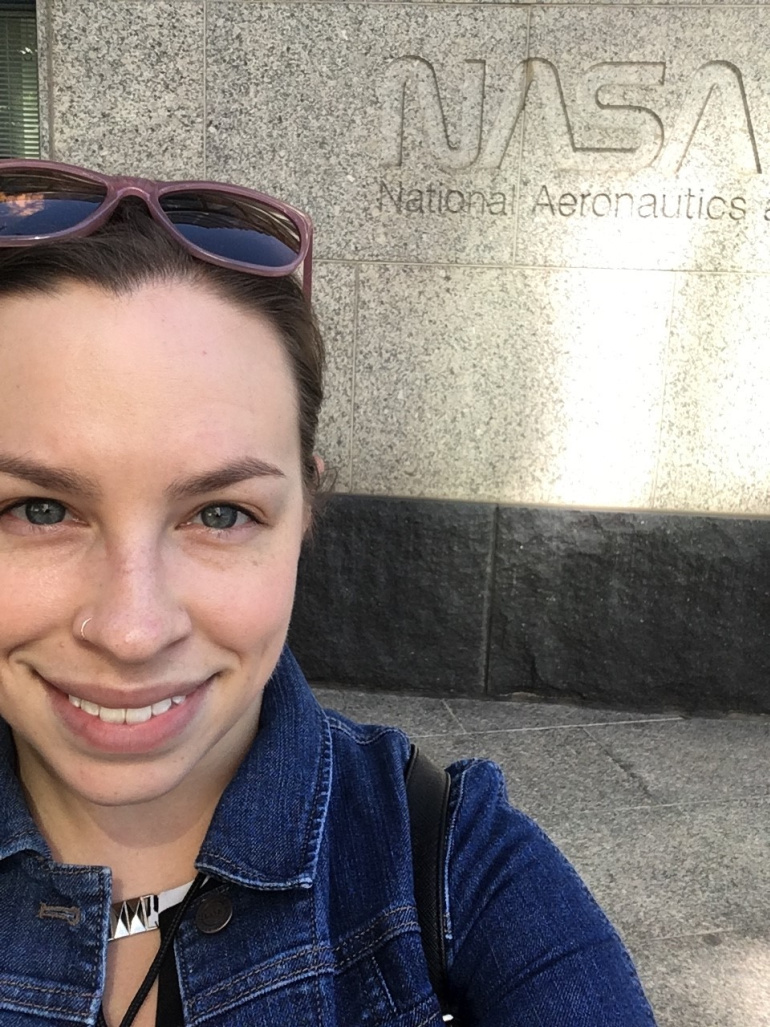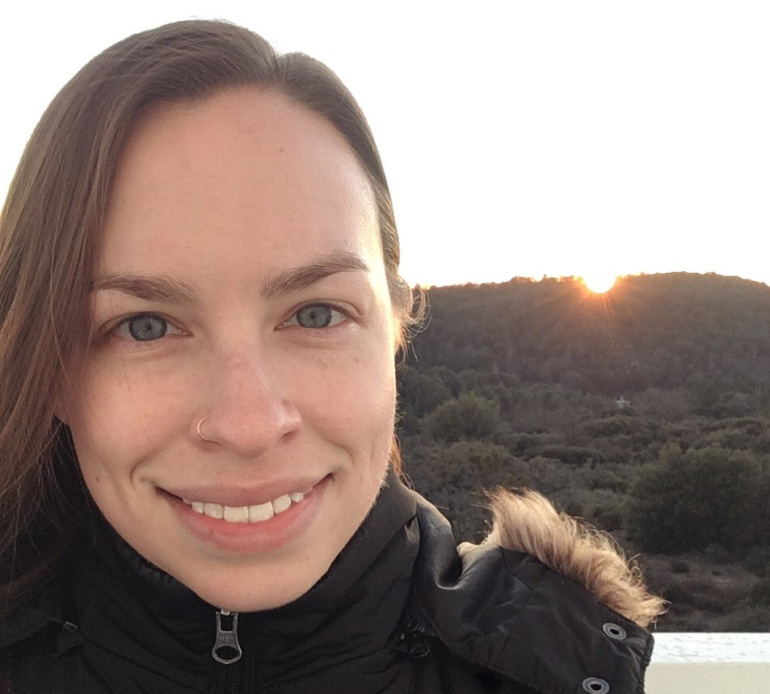
Renee Ludlam’s interest in astronomy began during childhood — largely due to the Discovery Channel and science fiction.
It wasn’t until she was a student at Wayne State University that she considered it as a career choice. She heard about the astronomy program, signed up and became a member of Wayne State’s first astronomy graduating class.
Now, Ludlam has returned to the university as an assistant professor of physics and astronomy.
“I never thought astronomy was actually something I could do — it always felt like a dream,” Ludlam said. “When I started going to Wayne State, I was walking through their fall preview of all the different majors, and I saw that they had just started the astronomy program. I immediately signed up. I felt like it was something I could finally do so I was really excited about it.
“Coming back feels like a full circle moment,” Ludlam added. “Sometimes it doesn't really feel real, but it's a surreal feeling to be back now on the other end and helping the department grow. It's going to be nice to have a hand in making Wayne State more known broadly in the astronomy community.”
Ludlam was a NASA Hubble Fellowship Program-Einstein fellow at the California Institute of Technology prior to returning to Wayne State.
The NASA Hubble Fellowship Program (NHFP) supports promising postdoctoral scientists in pursuing independent research, which contributes to NASA Astrophysics using theory, observation, experimentation or instrument development. The fellows are assigned into one of three sub-categories. As an Einstein Fellow, Ludlam examined the question, “How does the universe work?”
“It’s a really prestigious fellowship, so I was really fortunate,” said Ludlam, who earned her master’s and Ph.D. in astronomy and astrophysics from University of Michigan. “It was unique doing it through the pandemic, so it wasn’t a traditional experience, but I think a lot of great opportunities were afforded to me through Caltech, and I think it was beneficial to me getting a position like the Wayne State one.”

Ludlam is a member of the scientific working group for multiple NASA missions, such NuSTAR, NICER, Athena, STROBE-X and HEX-P (the latter two being NASA probe-class concept missions).
“Some of the scientific working groups that I am a part of are active missions that are already in space,” Ludlam said. “So, I’m still working with the datasets and proposing new ideas for those. But then there are future probe concept studies that are in the works that are expected to go through a review with NASA, and then they'll select a mission.”
Ludlam is excited to be back at Wayne State and to have access to the Dan Zowada Memorial Observatory, which is a state-of-the-art, 20-inch robotically controlled remote observatory in the high desert of Rodeo, New Mexico, at an altitude of 4,128 feet. The location has some of the darkest skies in the nation.
“When we used to do the astronomical techniques course, we would go up to the top of the building at Wayne State. Now, having a robotic remote telescope in a desert where you have dark skies is super advantageous and allows a whole new opening of things that we can study or even teach our students at Wayne State and get the public engaged with, so I'm pretty excited about having access to that,” Ludlam said. "And I know that there's been a new planetarium update. So that's also exciting about being able to talk about my research more broadly, and with different age groups.”
Ludlam studies black holes and neutron stars. She specializes in X-ray data analysis techniques.
“Black holes are one of those great mysteries,” Ludlam said. “Since I'm looking at black holes and neutron stars, these are the most massive yet compact objects within the universe. They are extremely dense and therefore have a giant gravitational pull. And so, matter around these objects gets heated up and forms a disk-like structure. The disk gets very, very hot to the point that it emits X-rays, and that's what we're observing. So, by looking at the X-rays from the material that's close by to these compact objects, we can learn about their physical properties.”
Ludlam loves what she does and is hopeful to pass that passion on to students and help the Wayne State astronomy department continue to grow.
“I feel like if I can do it, really anyone can do it,” Ludlam said of making a career in astronomy. “I'm just someone from the Detroit suburbs who has a lot of stubbornness and grit. I think it’s definitely attainable for people, if they want it and are willing to work for it.”
